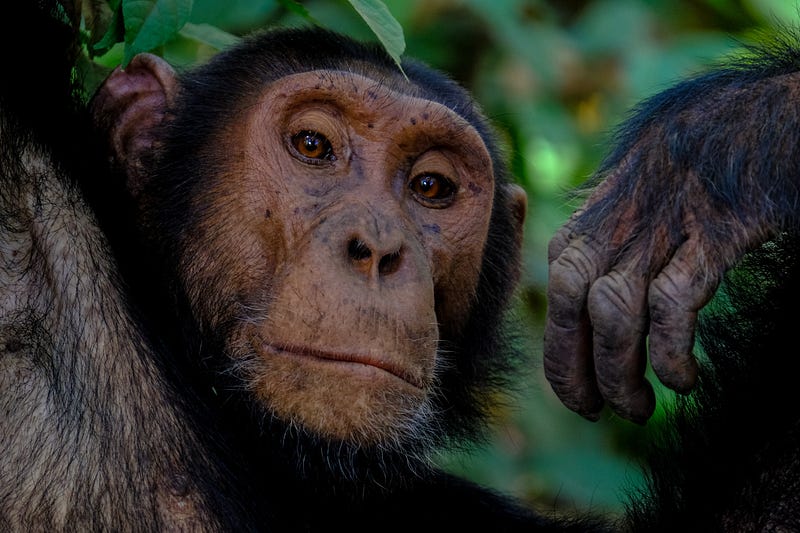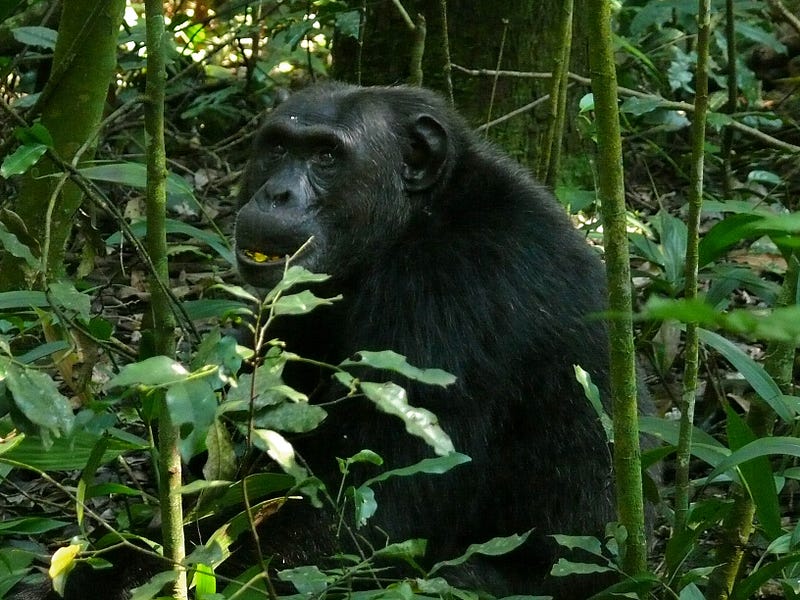The Chimpanzee Conflict: Lessons from Nature's War
Written on
Chapter 1: Insights from Nature
Observing wildlife can teach us profound lessons about our own behavior and society.

In 1932, a psychologist decided to raise a young chimpanzee alongside his son to explore whether it could develop human-like behaviors. Unfortunately, the chimp reached a cognitive limit that training could not surpass. Over the years, numerous studies involving chimps have provided remarkable insights into human nature.
Recently, interest in chimpanzees surged due to Netflix’s docuseries, Chimp Empire. The series portrays intergroup conflict, which echoes findings from Jane Goodall's pioneering research, revealing unsettling similarities to human nature and highlighting why these creatures are not suitable as pets.
Section 1.1: The Reality of Chimp Warfare
For a long time, humans were considered the only mammals capable of engaging in war, particularly in the complex ways we do. However, our closest relatives, chimpanzees, have challenged this idea. Researchers suggest that chimps may share an evolutionary path similar to our own during the Stone Age. They show an understanding of cooked food, although they lack the ability to create fire.
Reports have even surfaced of chimpanzees utilizing spears for hunting in Senegal. However, the true shock came with the first documented case of a chimp war, witnessed by Jane Goodall, which shattered her previous beliefs about these gentle primates.
Subsection 1.1.1: The Gombe Chimpanzee War
In the 1970s, Goodall dedicated years to studying a chimpanzee community in Gombe Stream National Park, Tanzania.

Initially, she highlighted their affectionate and nurturing qualities, aiming to raise awareness about the need for conservation. However, in 1971, after the death of the alpha male, a power struggle ensued, leading to a violent split within the community.
The conflict escalated in January 1974 when the northern group initiated a war against the southern group. This unprecedented violence shocked observers, including Goodall, as they witnessed the brutal killing of a male chimp named Godi. The chimps reacted with a disturbing display of celebration following the act of violence, which marked the beginning of the Great Gombe Chimpanzee War.
Section 1.2: The Aftermath of Conflict
The northern troop's aggression persisted for years, systematically eliminating the males from the southern troop. By the end of 1978, the once-peaceful community was decimated, with surviving females forcibly integrated into the northern troop. The brutality of these events raised significant questions about the nature of aggression in our closest animal relatives.
Chapter 2: Understanding Human Nature Through Chimps
The initial skepticism surrounding Goodall's findings stemmed from her deep emotional connection to the chimps, leading some to accuse her of anthropomorphism. However, subsequent studies of 18 chimp communities across Africa confirmed her observations of organized conflict among chimps, typically driven by resource competition and social structure breakdowns.
The first video titled "CHIMPANZEE VS HUMAN NERF WAR !!" explores the playful yet competitive nature of chimpanzees, providing a humorous lens on their interactions.
The second video, "Killers Like Us: Chimpanzees | World's Deadliest," delves into the darker aspects of chimpanzee behavior, showcasing their capacity for violence and the lessons we can learn about aggression and social dynamics.
In conclusion, while the Gombe Chimpanzee War does not definitively prove that war is an inherent trait of humans, it undeniably highlights the underlying brutality that can exist in nature. This serves as a strong reminder of why chimpanzees are not suitable as pets—opting for a domesticated animal like a dog or cat may be the wiser choice for companionship.